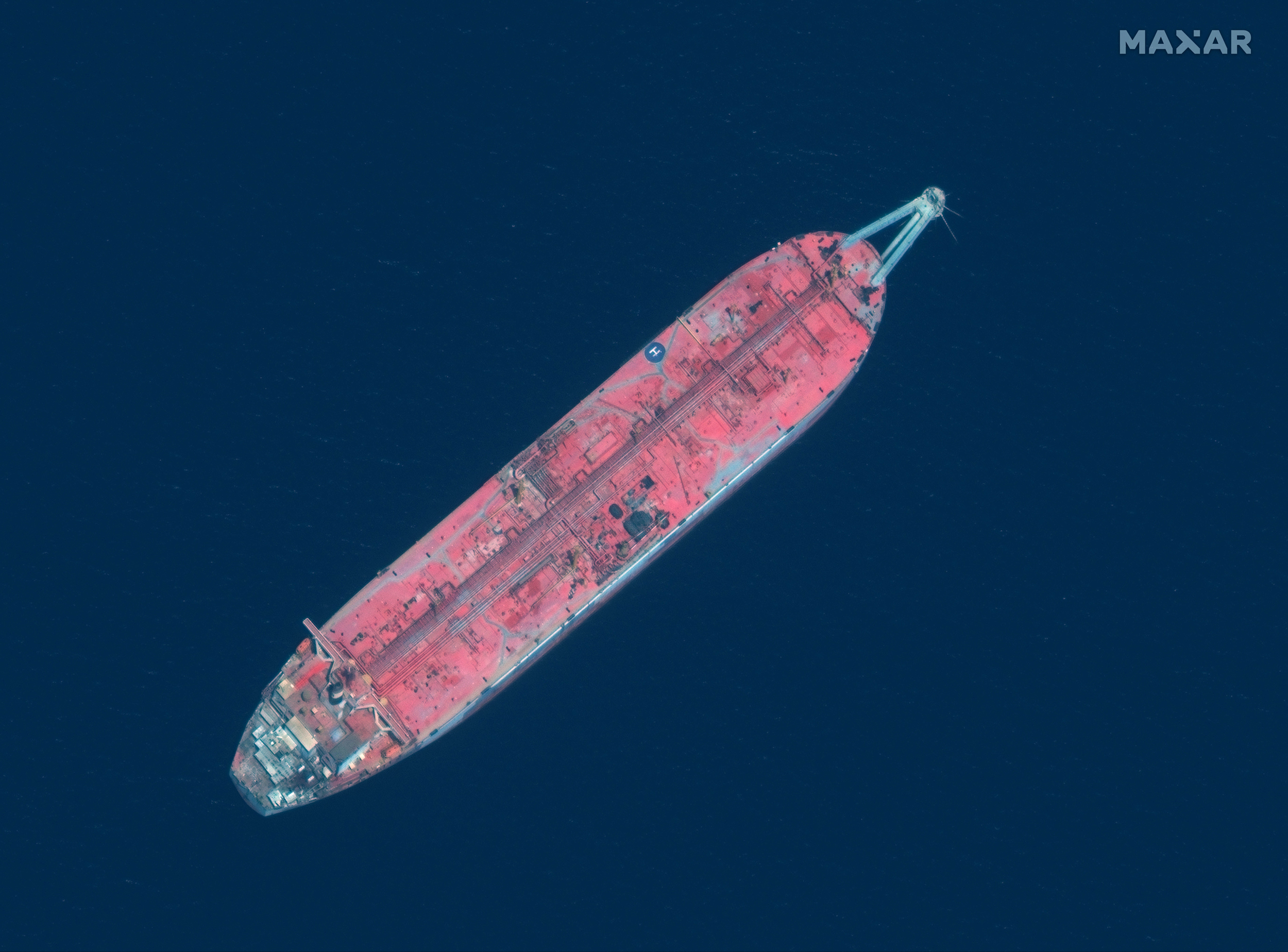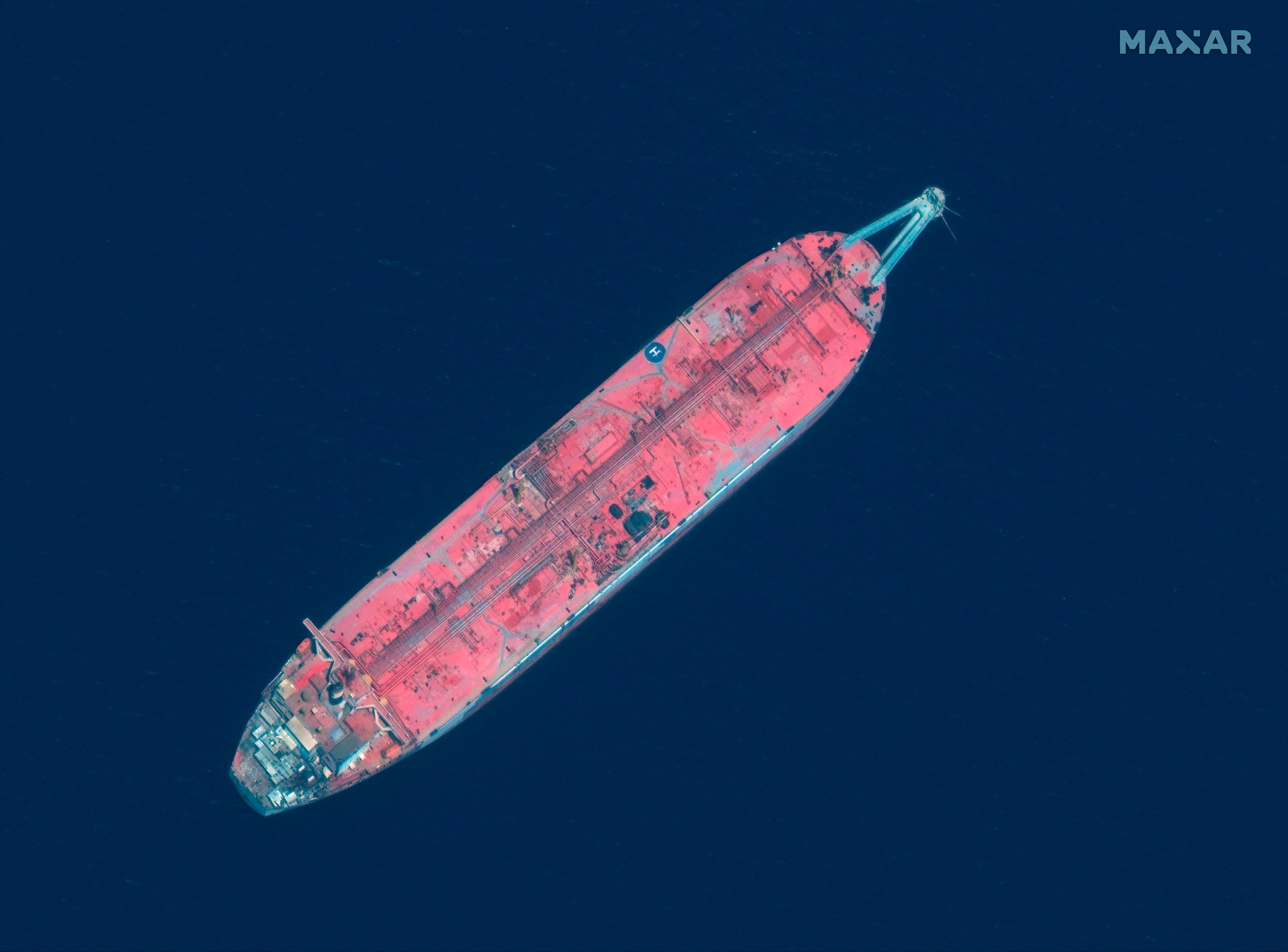4 min read
How to Avert an Imminent Disaster off Yemen’s Red Sea Coast
By: Crisis Group on July 13, 2022 at 8:00 AM

Crisis Group calls on governments, international institutions and affluent private individuals to reach into their pockets as a matter of extreme urgency to help stave off a disaster of dramatic magnitude in the Red Sea.

The Safer (pronounced “saffer”), a large tanker-turned-floating storage and offloading vessel carrying over a million barrels of oil, could explode or break apart at any moment. Should it do so, it would almost certainly cause an environmental catastrophe that would far exceed the 1989 Exxon Valdez oil spill, the current “record holder” for marine ecological damage from a single incident. It would also aggravate Yemen’s already dire humanitarian plight and could complicate efforts to end the country’s war. A concerted salvage operation may still be possible, but time is extremely short, and the UN, which has negotiated a workable plan, remains desperately short of the necessary cash – $20 million – despite a vigorous fundraising effort.
The facts of the case are well known. They have been brought to the world’s attention by the UN humanitarian mission in Yemen and covered in an exposé in The New Yorker magazine. In short summary, they are as follows:
- The Safer is anchored in waters off Yemen’s Red Sea coast that are controlled by Huthi rebels, who hold most of the country’s north. Seven years of war and sanctions have made it impossible to move the oil or perform routine maintenance on the floating facility; during this time, the vessel has started to corrode, while its onboard system to prevent flammable gases from exploding has become defunct.
- Following painstaking UN-led negotiations, the Huthis and other parties in Yemen’s war have agreed for the oil to be offloaded from the Safer and for the vessel to be dismantled and replaced, probably by a smaller ship tethered to an offshore buoy, a system that several other countries, including Iran, use.
- The first stage of the operation – offloading the oil – carries a price tag of $80 million. The second stage – putting the new facility in place – could cost an additional $64 million (from which can be deducted the expected revenue from sale of the Safer’s scrap metal, estimated at $25-30 million). The funds for the second stage are not needed with the same urgency.
- Time is of the essence to complete the first stage. While the ship could break up or turn into a fireball at any time, the risk will rise significantly once the season changes in October, when rough winds will buffet the Red Sea. The salvage operation – by a Dutch concern – is estimated to need four months. It cannot be delayed a moment longer.
- The UN’s appeal for funds for the first stage has yielded $60 million so far. Contributions from the Dutch, German, Saudi, Swiss, UK and U.S. governments have arrived, but the last $20 million are proving to be the most difficult to raise.
- Yet the calculation is simple: spend $80 million now or billions upon billions later, namely on the environmental clean-up and to deal with second-order consequences, such as growing famine in Yemen (as the port cities through which the bulk of food imports arrive are forced to close down) and destruction of fisheries and other sources of income affected by the oil spill – not just in Yemen but all along the Red Sea coast. Add the impact on shipping through this vital waterway, for example in the form of additional supply-chain challenges that would affect the world economy, and the cost of inaction is even clearer. The incident with the Ever Given, which blocked the Suez Canal for six days in March 2021, should serve as a stark reminder of the interruptions even short-lived closure could cause.
- Donors should therefore see the $80 million package not as a gift to the Huthi rebels, but as an essential act of protecting their strategic interests and economic wellbeing, as well as the fragile ecology of the Red Sea basin.
The UN has been at pains to keep the Safer crisis separate from the Yemen war from which it sprang, realising that the belligerents will try – as they already have, but in vain – to politicise the issue and in the process further delay the salvage operation. Yet the link is real, if only because the feared massive oil spill could easily hamper peacemaking efforts. Not only will the various parties almost certainly blame one another for the disaster, but the closure of ports and multiplying humanitarian challenges could reignite fighting just as Yemen is experiencing a moment of relative calm thanks to a UN-mediated truce, now in its third month. A spill could also heighten geopolitical tensions in the region.
This appeal may be the simplest Crisis Group has ever made. It is not about conflict parties putting aside deep differences and agreeing to painful compromises at the negotiating table. Rather, it is about governments and others digging into their budgets to allocate $20 million to this effort – an amount that is almost negligible for most Western stakeholders given the far greater outlays for other concerns as well as the scale of the looming disaster. There can be no doubt that tackling the Safer threat now would bring a huge return on what can only be seen as a minimal investment.
Of course, apart from the Safer issue, those with a stake in a negotiated end to the Yemeni war will need to do much more to accomplish that task and also to reduce the immense humanitarian suffering that the war has brought. Salvaging an ailing vessel would be a cheap, easy and utterly sensible first step toward this larger goal.
Source: Crisis Group
Related Posts
US, Netherlands back UN aim to raise $144 million..
The US and the Netherlands support UN efforts to address and avert the economic, environmental, and..
The Viability of a Partitioned Yemen: Challenges..
For all the Houthis’ success during the war, it is unclear if they can transition into an effective..
Yemen’s Houthis re-enter Hodeidah Port city
Forces loyal to Yemen’s internationally recognised government have withdrawn from the strategic..




